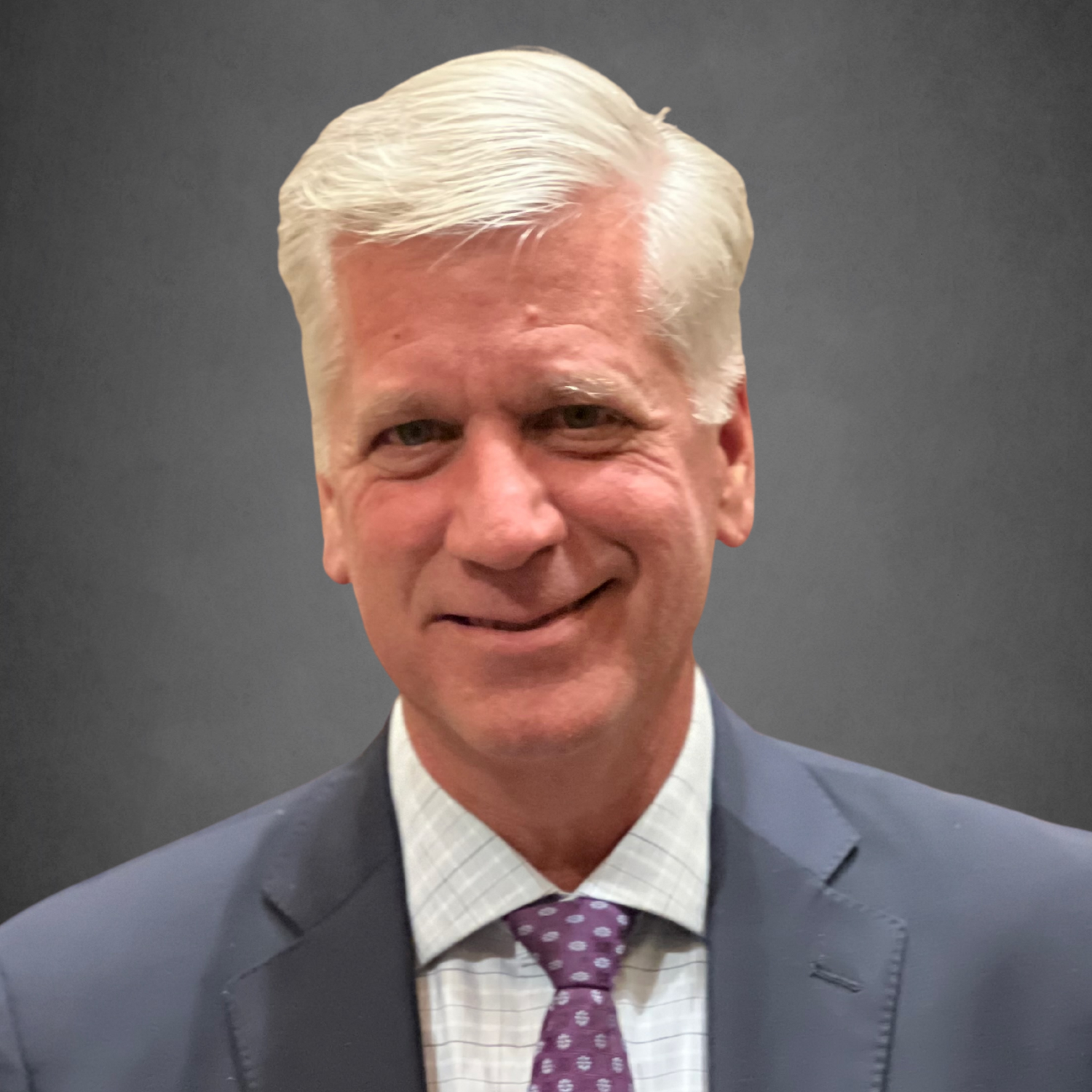
7 Questions You Should Ask in a New Client Intake

Numbers only tell part of the story. What drives real client engagement is understanding a client’s values, priorities and motivations. Research in behavioral finance shows that people save more and stick with their plans when their goals are tied to personal meaning. The Financial Planning Association has also found that when advisors uncover these deeper insights, they not only improve financial outcomes but also strengthen relationships, boost client satisfaction and contribute to broader financial wellness.
The right intake questions give you more than data. They help you build trust, uncover obstacles and align strategies with what matters most to each client. Beyond this, according to the Financial Planning Association, advisors can help clients improve relationships, increase their financial and life satisfaction and even shape the financial health of society at large.
Here are seven questions every advisor should include in a modern onboarding process.
1. What would make the next 10 years feel meaningful to you?
This is a powerful way to get clients talking about priorities without steering them toward a particular answer. Themes often include family, freedom, legacy or creativity. Insights like these shape long-term strategies that feel aligned instead of generic.
2. Which life moments do you want your money to enable?
This question uncovers how clients want to use their financial resources. It may reveal goals like purchasing a home, funding education, starting a business or taking extended family leave.
This question also surfaces emotional drivers. For many people, money represents security, freedom or legacy. When you connect financial strategies to those drivers, clients are far more likely to stay engaged and follow through. Instead of simply saving “more,” they are saving for a child’s future, a dream sabbatical or the peace of knowing they can handle a health crisis without derailing their plans.
3. What worries you most about money, and what would relief look like?
Anxiety plays a huge role in financial decisions. Clients may bring up health care costs, job security, tax surprises or market downturns. This question is likely weighty as, per a Yahoo Finance/Marist Poll 2025 survey, a third of Americans indicated their financial situation has deteriorated in the past year. Naming these worries helps you address them directly and frame strategies in terms of peace of mind as much as performance.
4. If we had to pick only three priorities for the next 12 months, what would they be?
This helps clients distinguish between what is urgent and what is important. Advisors can then create a roadmap that delivers small wins while still aiming at long-term outcomes. Behavioral finance research shows that visible progress boosts follow-through.
5. Tell me about a financial decision you’re proud of and one you’d like to redo.
This reveals patterns in behavior and decision-making. For instance, some clients may thrive on disciplined savings while others admit to impulsive spending. Identifying strengths and weaknesses allows you to tailor your coaching. A study published by Morningstar in 2023 found that 60% of clients who reflected on past financial choices reported higher confidence in future planning sessions.
6. Who else is affected by these goals, and how do they shape decisions?
Most financial decisions affect more than one person. Spouses, children, parents and charitable causes all influence goalsNine in 10 Americans (90%) set financial goals for 2025, according to a NerdWallet survey of over 2,000 adults, conducted online by The Harris Poll, but nearly half said those goals were shaped by family or community obligations. Understanding these relationships creates more complete strategies and fosters better alignment with stakeholders.
7. How will we know we’re winning in 90 days, one year and three years?
Setting metrics for success keeps both the advisor and client accountable. These can include debt reduction, savings contributions, account setups or progress on key purchases. Tracking these milestones helps clients see that their plan is moving forward and gives them confidence to stay the course.
Bridging the Gap
Asking strong intake questions is only the beginning. The real value comes when answers translate into tasks, goals and workflows that are visible and actionable. Every response should connect to a goal tag, milestone or follow-up so clients see progress each time they meet with you.
The challenge, of course, is managing all of this without overwhelming your team. Intake conversations produce valuable insights, but without the right system it is easy for details to get lost or for follow-ups to slip through the cracks. That is why the most effective firms pair their human insights with operational clarity.
Turn Client Conversations Into Scalable Workflows
This is where Hubly comes in. Hubly helps firms start every day with clarity and purpose by showing exactly what needs attention across the team. With easy-to-build workflows, client reviews and onboarding are prepped without scrambling. Automation takes care of repetitive steps so advisors and staff can focus on clients. Visibility ensures accountability so nothing falls through the cracks.
Whether you are looking to expand onboarding capacity, improve consistency in reviews or simply save hours every week, Hubly gives your firm the operational backbone it needs to scale.
Ready to streamline your intake process and build a consistent client experience? Try Hubly free for 30 days.











.png)
